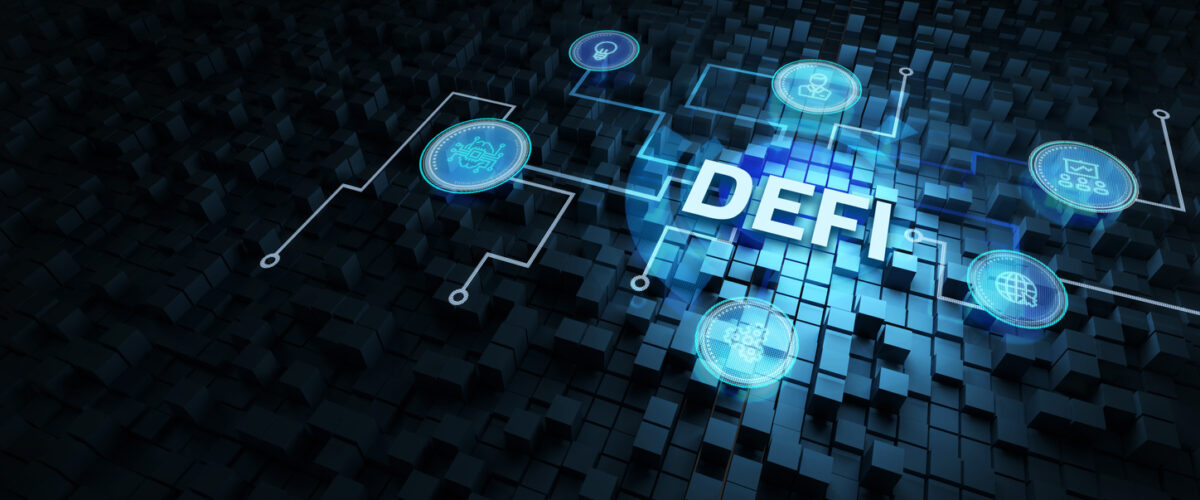
Decentralized Finance (DeFi) is a rapidly growing sector in the blockchain industry, with the potential to disrupt traditional financial systems by providing decentralized and transparent financial services. Building a DeFi platform can be a complex process, involving various technical and regulatory considerations. In this article, we will discuss some of the best practices to follow when building a DeFi platform, including security, user experience, regulatory compliance, and interoperability. These best practices will help to ensure that your DeFi platform is secure, user-friendly, and compliant with relevant regulations, while also being able to integrate and collaborate with other DeFi platforms in the ecosystem.
How to Build a Decentralized Finance Platform?
Building a decentralized finance (DeFi) platform requires a solid understanding of blockchain technology, smart contracts, and decentralized application (DApp) development. Here are some key steps to consider when building a DeFi platform:
- Define your objectives and use cases: Before you start building your DeFi platform, it’s important to define your objectives and use cases. This will help you to identify the key features and functionalities that you need to include in your platform.
- Choose the right blockchain: Choose a blockchain platform that supports smart contract functionality, such as Ethereum or Binance Smart Chain. This will allow you to build and deploy smart contracts that power your DeFi platform.
- Develop smart contracts: Develop and test smart contracts that enable key features such as token creation, token swaps, lending, borrowing, and staking. Make sure to follow security best practices when developing your smart contracts to ensure they are secure and reliable.
- Design the user interface: Design a user-friendly interface that allows users to easily interact with your DeFi platform. Make sure to consider the user experience and incorporate feedback from users to improve your interface.
- Build security features: Build security features into your DeFi platform to protect against hacks and cyber attacks. This may include measures such as multi-factor authentication, audit trails, and regular security audits.
- Ensure regulatory compliance: Ensure that your DeFi platform complies with relevant regulations in your jurisdiction. This may include measures such as anti-money laundering (AML) and know-your-customer (KYC) procedures.
- Test and launch: Thoroughly test your DeFi platform before launching it to the public. This will help you to identify and fix any bugs or issues before they impact users.
Benefits of Building a Decentralized Finance Platform
Building a decentralized finance (DeFi) platform offers a range of benefits, including:
- Decentralization: DeFi platforms are built on decentralized blockchain technology, which allows for transparent and trustless financial transactions without the need for intermediaries such as banks or financial institutions.
- Accessibility: DeFi platforms can be accessed by anyone with an internet connection, regardless of their location or financial status. This enables greater financial inclusion and access to financial services for people who may not have had access to them before.
- Security: DeFi platforms are built on secure blockchain technology, which offers protection against hacking and cyber attacks. Smart contracts also provide an added layer of security, as they are executed automatically and cannot be altered once deployed.
- Transparency: DeFi platforms are transparent, as all transactions are recorded on the blockchain and can be viewed by anyone. This promotes trust and accountability in the financial system.
- Programmability: DeFi platforms are highly programmable, as they are built on smart contracts that can automate financial transactions and enable the creation of complex financial instruments.
- Cost savings: DeFi platforms can offer cost savings compared to traditional financial systems, as they eliminate the need for intermediaries and associated fees.
- Interoperability: DeFi platforms can easily integrate with other DeFi platforms and financial systems, enabling greater collaboration and innovation in the sector.
Disadvantages of Building a Decentralized Finance Platform
While building a decentralized finance (DeFi) platform offers many benefits, there are also some disadvantages to consider, including:
- Limited scalability: Current blockchain technology can limit the scalability of DeFi platforms, as the number of transactions per second is often lower than traditional financial systems. This can result in slower transaction times and higher fees during times of high network activity.
- Complexity: Building a DeFi platform requires a high level of technical expertise and understanding of blockchain technology, smart contracts, and decentralized application (DApp) development. This can create a barrier to entry for some developers and users.
- Regulatory uncertainty: The regulatory landscape for DeFi is still evolving, and there is uncertainty around how existing financial regulations will apply to DeFi platforms. This can create challenges for compliance and regulatory risk management.
- Security risks: While DeFi platforms offer security benefits, they also introduce new security risks. Smart contracts can have vulnerabilities that can be exploited by attackers, and there is always a risk of hacking and cyber attacks.
- Market volatility: DeFi platforms often deal with cryptocurrency assets, which can be subject to high volatility and fluctuations in value. This can create risks for users and investors.
Conclusion
In conclusion, building a decentralized finance (DeFi) platform offers a range of benefits, including decentralization, accessibility, security, transparency, programmability, cost savings, and interoperability. However, there are also some challenges and potential risks to consider, such as limited scalability, complexity, regulatory uncertainty, security risks, and market volatility. To overcome these challenges and ensure the successful development and adoption of DeFi platforms, it’s important to follow best practices, such as building on secure and scalable blockchain technology, conducting thorough security audits and risk assessments, engaging in open and transparent communication with stakeholders, complying with relevant regulations, and prioritizing user experience and accessibility. By following these best practices, developers and users can harness the potential of DeFi to create a more inclusive, transparent, and efficient financial system for all.

Post a Comment